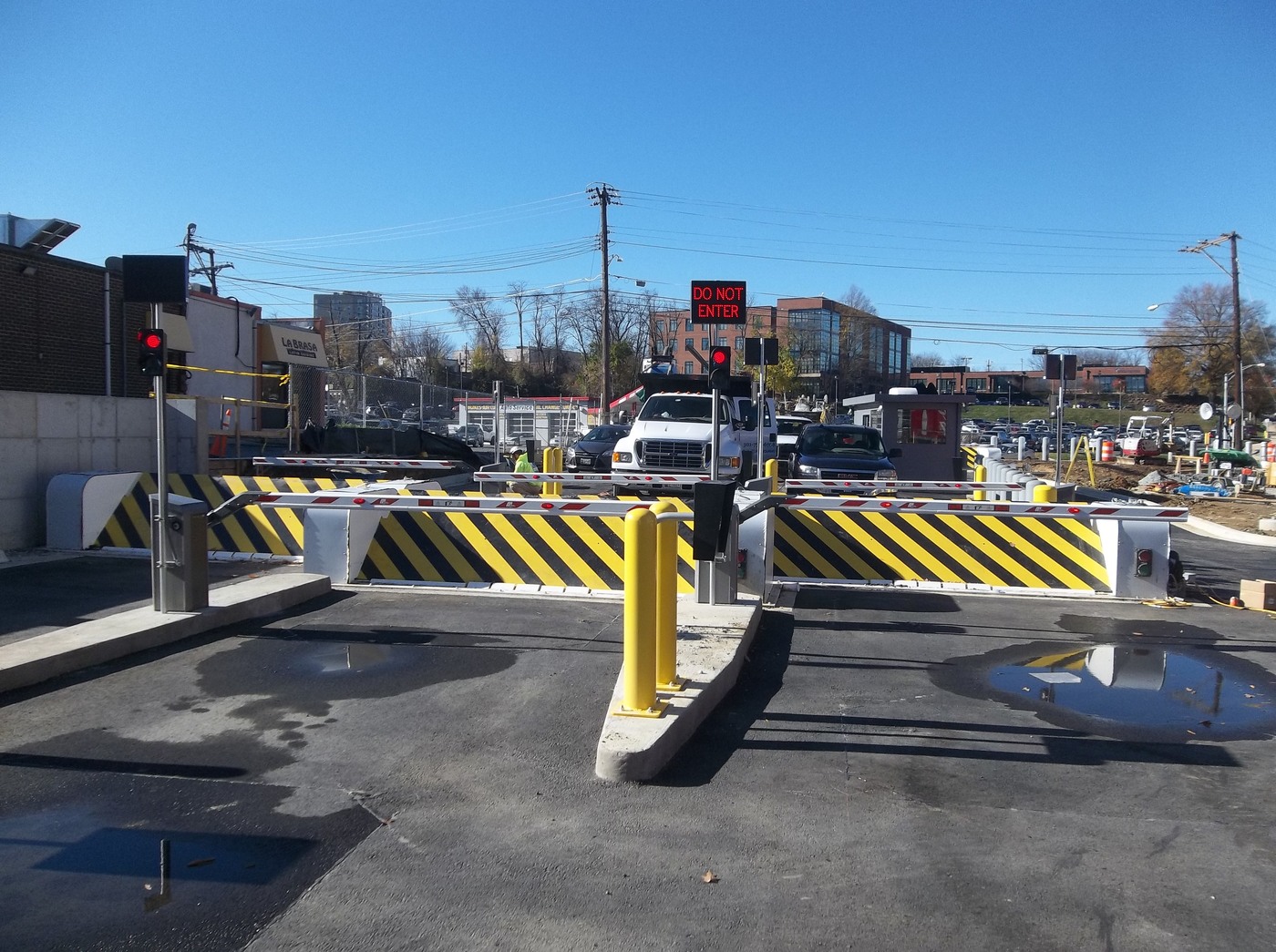Wedge Barriers Things To Know Before You Buy
Wiki Article
Wedge Barriers - Questions

How Wedge Barriers can Save You Time, Stress, and Money.
The continuing to be force used to the cam web cam deploy release wedge plate 16 may be provided supplied an electromechanical actuator 84 or other actuator. The springtime assembly 54 and the actuator 84(e. Wedge Barriers. g., electromechanical actuator)might run together to convert the webcam and lift the wedge plate 16.
As pointed out over, the spring setting up 54 puts in a continuous force on the web cam, while the electromechanical actuator might be controlled to exert a variable force on the cam, consequently enabling the training and lowering( i. e., deploying and retracting )of the wedge plate 16. In certain personifications, the constant force used by the spring assembly 54 might be adjustable. g., electromechanical actuator) is disabled. As will be valued, the spring setting up 54 may be covered and shielded from debris or various other aspects by a cover plate(e. g., cover plate 68 displayed in FIG. 4) that may be significantly flush with the elevated surface 38 of the foundation 14. As discussed above, in the deployed placement, the wedge plate 16 offers to obstruct gain access to or travel past the obstacle 10. The obstacle 10(e. g., the wedge plate 16 )may obstruct pedestrians or automobiles from accessing a residential property or path. As talked about look at these guys above, the obstacle 10 is connected to the anchor 30 safeguarded within the structure 14,

front brackets 71. Consequently, the affiliation settings up 72 may pivot and turn to allow the collapse and expansion of the link settings up 72 throughout retraction and implementation of the bather 10. The link assemblies 72 cause motion of the wedge plate 16 to be restricted. If a car is traveling towards the released wedge plate 16(e. For instance, in one scenario, the security legs 86 may be extended throughoutmaintenance of the barrier 10. When the safety and security legs 86 are released, the safety legs 86 support the weight of the wedge plate 16 versus the surface area 12. Therefore, the lifting device 50 might be shut off, serviced, removed, changed, etc. FIG. 5 is partial perspective view of a personification of the surface-mounted wedge-style barrier 10, illustrating the cam 80 and the web cam surfaces 82 of the lifting device 50. Particularly, two web cam surfaces 82, which are referred to check this as reduced webcam surfaces 83, are placed below the camera 80. The reduced web cam surfaces 83 might be taken care of to the surface 12 (e. As an example, the lower cam surface areas 83 and the installing plate 85 might develop a solitary piece that is secured to the support 30 by bolts or other mechanical bolts. Furthermore, two camera surfaces 82, which are described as upper camera surfaces 87, are positioned over the webcam 80 and paired to (e. In other personifications, stepping in layers or plates might be positioned in between the surface area 12 and the lower web cam surfaces 83 and/or the wedge plate 16 and the top cam surface areas 87 As mentioned over, the web cam 80 equates along the web cam surfaces 82 when the wedge plate 16 is raised from the withdrawed position to the released placement. Furthermore, as stated above, the spring setting up 54 (see FIG. 3 )might offer a pressure acting upon the cam 80 in the instructions 102 using spring rod 58, which may reduce the force the electromechanical actuator 84 is needed to use to the cam 80 in order to actuate and lift the wedge plate 16. 1 )to the released setting(see FIG. 4). As shown, the camera 80 consists of track wheels 104(e. g., rollers), which contact and equate along the web cam surfaces 82 during operation.
Report this wiki page